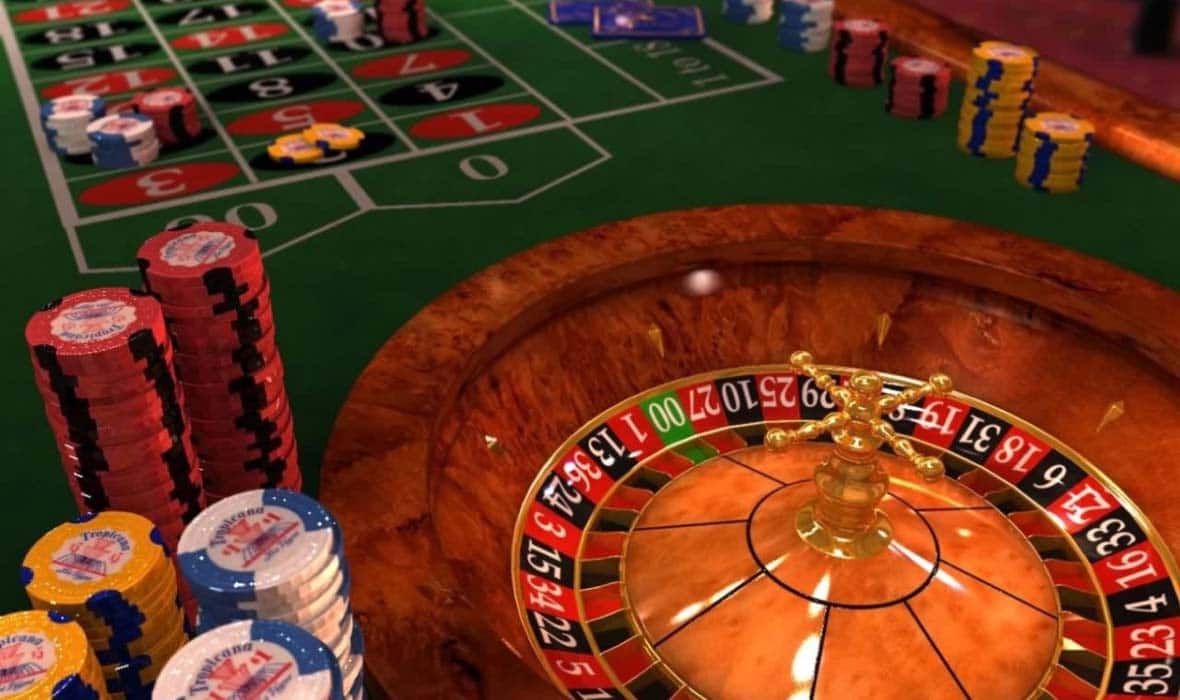
Behind these shimmering illuminations plus those enticing sounds of rotating reels lies a dynamic realm where innovation meets numbers: the creation of casino games. As players flock to gaming establishments seeking thrills and the possibility of striking it rich big, a huge amount of effort takes place behind the scenes to create the games they enjoy. From the initial concept to the ultimate product that players interact with, numerous elements are brought together to ensure an captivating gaming experience.
Designers, technicians, and game creators collaborate to merge innovative technology with engaging gameplay mechanics. Every aspect, from graphics plus sound effects to odds and payouts, is meticulously crafted to attract players plus keep them entertained. Understanding the intricate process of the way casino games are made reveals both the technical skills required but also the creative vision that brings these immersive experiences to life.
Casino Game Development Process
The design process starts with idea generation and conceptualization, where creators develop concepts for new casino games. This first phase often involves pinpointing target audiences and understanding market trends. Designers take into account elements such as game mechanics, themes, and payout structures to create an immersive experience. Collaboration between game designers, mathematicians, and artists is essential to guarantee a well-rounded concept.
Once a design is selected, the next stage involves creating prototypes and testing. Designers build a working version of the game to assess its playability and mechanics. This allows for adjustments and refinements based on feedback from testers. Iteration is key, as designers may navigate multiple rounds of evaluations to optimize gameplay balance and user experience. This phase is crucial for identifying any potential issues before the game goes into production.
After testing, the game moves into the development phase and production. This includes the technical aspects of coding the game software, integrating graphics, and making sure compliance with gaming regulations. Quality assurance testing ensures that the game functions seamlessly across various platforms and devices. Once everything is polished, the game is prepared for launch, usually accompanied by promotional tactics to draw in players and generate excitement around the new casino offering.
Tech and Advancement
The development of casino games has evolved significantly with progress in technology. Modern game design often includes premium graphics, immersive sound effects, and engaging animations that deliver a compelling experience for players. Game developers use sophisticated software tools and programming languages to build these interactive gaming experiences. Additionally, the use of RNGs ensures fairness and unpredictability in outcomes, which is essential for maintaining player trust and compliance with gaming regulations.
In recent years, the growth of online casinos has expanded the limits of game development even further. Developers are now able to build games that appeal to a worldwide audience, incorporating features such as live dealers and virtual reality environments. This transition has encouraged creativity, leading to unique game mechanics and formats that enhance player engagement. Mobile gaming has also become a significant focus, driving developers to tailor games for smartphones and tablets, ensuring availability and convenience for players on the go.
Collaboration among creators, visual artists, and math experts is essential in the creation process. Each team brings their knowledge to ensure games are not only aesthetically pleasing but also mathematically sound and enjoyable. The integration of player feedback during beta testing allows developers to improve game features and functionalities, ultimately leading to a successful launch. As technology continues to advance, the potential for new game concepts and experiences is endless, promising an thrilling future for casino games.
Evaluating and Quality Control
Once a gambling game has been designed, it transitions to the crucial phase of evaluation and quality control. This phase ensures that the game operates flawlessly and provides a fair experience for gamblers. Teams conduct thorough tests, including functionality checks to verify that all game features work as intended. Each element, from graphics to sound effects, is evaluated to ensure high standards are met.
In addition to functionality testing, the game undergoes stringent compliance checks to meet legal requirements. Various jurisdictions have specific regulations governing game fairness and player protection. Quality assurance teams will check that the random number generators are functioning correctly and that the game’s payout percentages align with market standards. This thorough examination helps establish trust with users and regulators alike. PG88
Finally, user testing may be conducted with genuine players to gather feedback on user experience. This critical insight allows developers to implement necessary adjustments before the official launch. Resolving any possible issues noted during this phase helps ensure that gamblers will experience a smooth, engaging experience when the game goes live. The commitment to excellence reflects the sector’s dedication to delivering pleasant and trustworthy casino games.